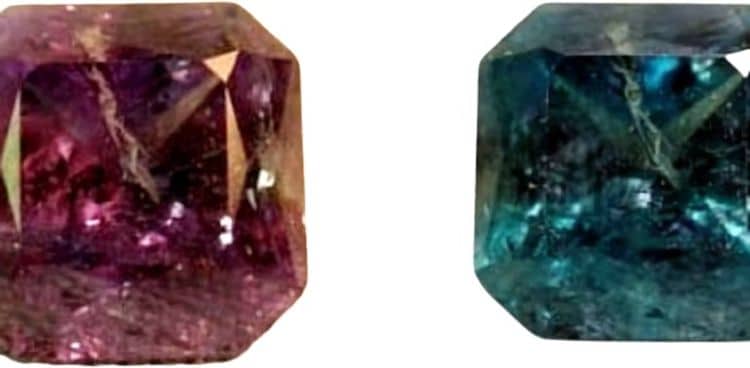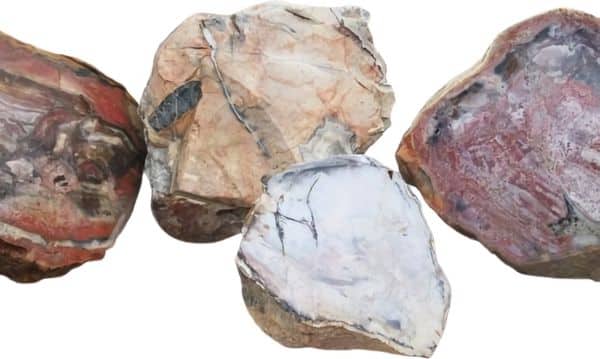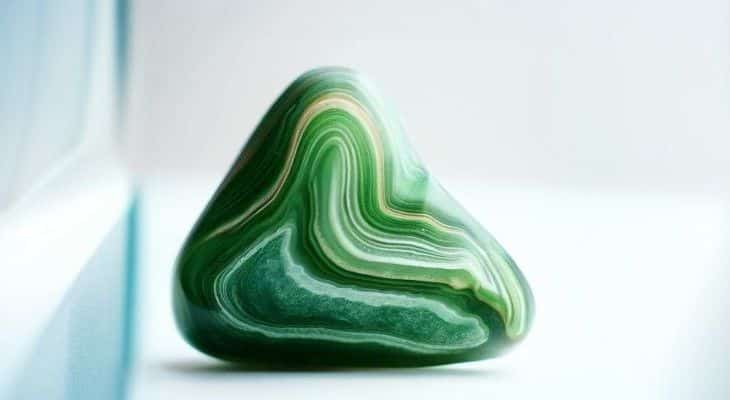Rocks are pretty cool. They’re hard, they don’t break easily, and they last for a long time. But did you know that some rocks can change color? Yep! It’s true. We have compiled the coolest ones here for your viewing pleasure!
What is a color-changing rock and how does it work?
A color-changing rock is a type of mineral that can change its color depending on the light it is exposed to. This happens because the mineral reflects different wavelengths of light, which our eyes interpret as different colors. For example, if you were to hold a piece of amethyst up to bright light, it would appear purple. But if you were to hold it up to a lamp, the color would change and appear as pink.
5 awesome rocks that change colors
- Azurite: This color-changing rock can change from a deep blue to green, depending on the light. It’s often found in copper mines and is used for ornamental purposes as well as scientific ones.
- Cuprite: When exposed to ultraviolet rays or sunlight, cuprite tends to appear redder than it does under another lighting.
- Fluorite: This mineral can change colors from purple to yellow, depending on the light it’s exposed to. It often has a glassy or vitreous luster and is found all over the world.
- Labradorite: When this mineral is in natural light, it appears as a dark green. But when it’s in artificial light, it takes on a blue or purple hue.
- Amethyst: This is probably the most well-known color-changing mineral and can change from a deep purple to a lighter pink or violet. It’s often used in jewelry and other decorative items.
FAQs
If these rocks are changing color all the time, does that mean they need to be replaced often?
No! They don't change colors constantly. Rather, it depends on how much light is being exposed to them and in what way. For example, if you place a piece of amethyst under bright sunlight versus placing it under a lamp, the color will change.
How long have color-changing rocks been around?
They've been around for centuries! People first started noticing the phenomenon in gemstones and other minerals back in the 1700s.
Why do these rocks change color?
Color-changing minerals can do this because they reflect different wavelengths of light, which our eyes interpret as different colors. This is why certain rocks can look one way under natural or artificial lighting but appear differently in another depending on the circumstances.
Is it safe to touch a color-changing rock?
Most rocks are safe to touch, but it's always best to ask an adult before handling them just in case. Color-changing minerals are no exception and are generally considered safe for touching. Just be careful not to drop them!
Where can I find color-changing rocks?
You can find these rocks all over the world! They can be found in copper mines, in mountains, and other geological formations. You might also find them at rock shops or online.
What are some common color-changing rocks?
Some of the most common color-changing rocks include amethyst, fluorite, labradorite, and cuprite. But there are many, many more out there so it's always worth doing some exploring!
Final thoughts on why everyone should have one of these cool rocks in their home!
One of my favorite color-changing rocks is labradorite. The best way to see the change in colors with this type of mineral is by shining a light on it and looking at how the different wavelengths interact with its structure. When you do so, expect to be blown away as it suddenly changes from greenish-blue or deep purple to pink, orange, yellow, and silver! I recommend trying them for yourself if you haven’t already – I bet you’ll like their beautiful range of hues and enjoy experimenting with different ways to show off their beauty.




I missed the “science experiment” part, so I didn’t have fun. And what rock is in the main photo? Oh, that is not really a rock changing color, huh? Fight fake news!
Hi Jennih.
The rock in the main photo is Alexandrite. Make me know if I failed.